Adventure travel myths are rife—and they might be keeping you from exploring the world. Forget these 10 false ideas about adventure travel now.
10 Widespread Travel Myths That Simply Aren’t True
I’m scraping off the mud crusted to my bug-bitten ankles on a permaculture farm in a jungle on a volcanic island in a lake in Nicaragua. How I ended up here is about as much of a mouthful as that sentence. But it’s a story that culminates in hitching a ride on the back of a stranger’s motorbike across Ometepe earlier today.
The 30-minute trip from the ferry port to the farm we’ll call home this week took us about two hours. I wrongly directed us through a maze of mucky back roads, circumnavigating the jungled base of a volcano. There was a paved road a local encouraged us to take, but my not-so-smart smartphone convinced me of the “shortcut” that got us here. We took the “scenic” route down untrodden paths, through acres of green farmland and under the shade of countless species of trees.
If I can catch some sleep thanks to the mosquito net in my bunk under the stars tonight, I’ll consider hiking Concepción. It’s the more difficult of the two volcanoes on this island, supposedly boasting some of the most spectacular views of this peaceful paradise. And if today’s start is any indication of what lies ahead, it’ll be another adventure for the books.
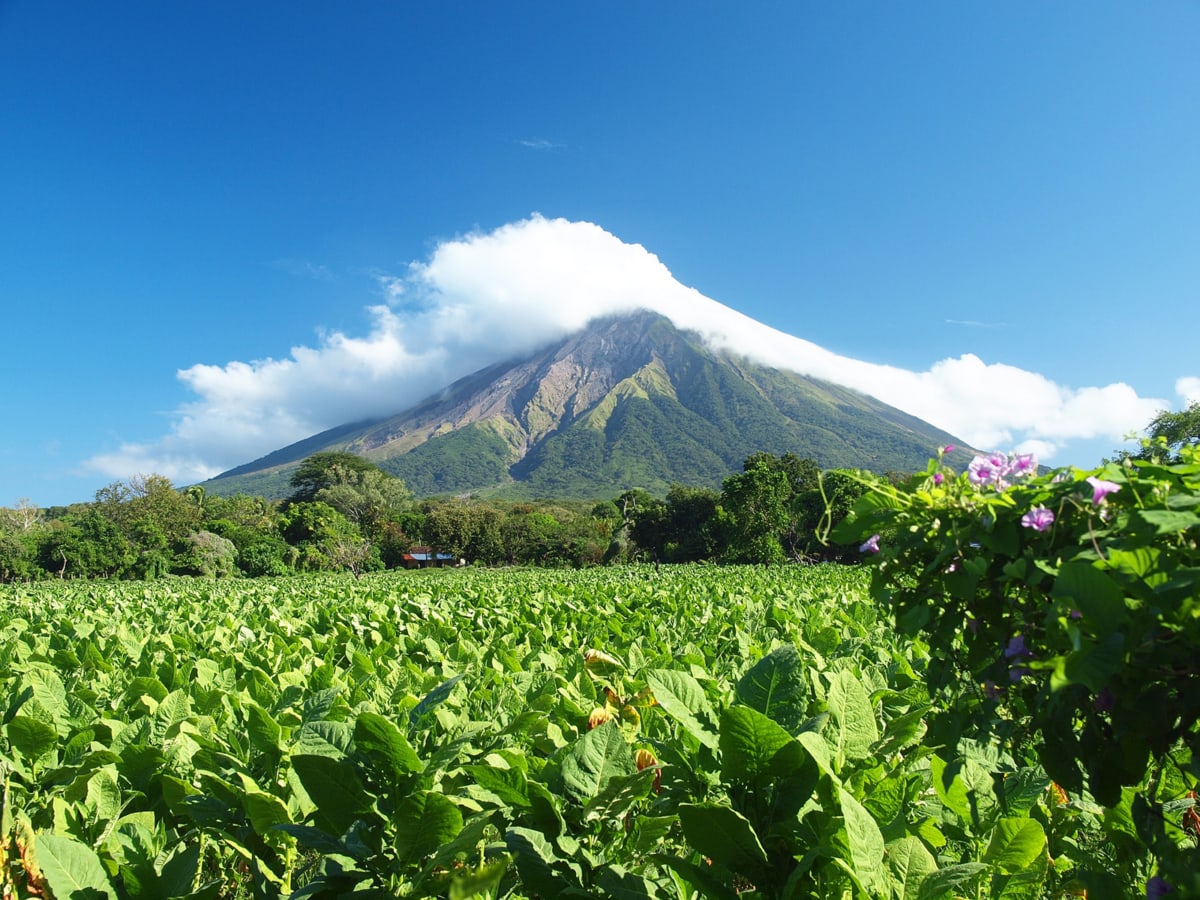
I’ve checked off my fair share of adventures this year—from trekking through Nepal’s Himalayas to learning folk dances in Bulgaria to scuba diving off the coast of Honduras. Despite the archetypical ideas of adventure travel we all have, no two experiences have looked the same.
That’s because travel is largely what you make it.
Still, adventure travel myths like the following are rife. If you’re curious but apprehensive about traveling adventurously yourself, it’s perhaps these myths that are holding you back.
-
Adventure Travel Is Expensive

Camping is always the perfect way to cut down on cost Adventure travel doesn’t have to be so expensive. Of course, you can splurge on accommodation and tour packages. But since you’re traveling adventurously, you’re more likely to steer clear of bougie hotels. And you can be selective with the adventures for which you’re paying.
The average traveler will spend about $1,200 a year on vacation, including airfare, accommodation, food and excursions, according to a CreditDonkey survey. An ideal vacation is about eight days, according to research published in the Journal of Happiness Studies. And most of us only take a few days off. So $1,200 seems like a considerable chunk of change.
But adventure travel is another beast. I spent six months backpacking across Southeast Asia, where I lived on about $20 a day, spending less than half of that on accommodation, another small cut on food and the rest on day-to-day expenses like motorbike rentals or entrance fees to hiking trails. (Here’s how to spend just $30 a day in Thailand, for example.)
When you consider hostels and campgrounds as alternatives to Airbnbs and hotels, and book flights using cheap flight hacks like these, and get your digestive track acclimatized to street food, you can save yourself thousands.
-
The Average Adventure Traveler Is Young and Physically Fit

You don't have to be young to enjoy adventure travel Contrary to popular belief, the average adventure traveler is not some young, recent graduate on a gap year. The average adventure traveler isn’t a physically fit man, either.
Rather, the average adventure traveler is actually a 47-year-old female, according to Travel Industry Association of America statistics. In fact, women between the ages of 20 and 70 years old comprise three-quarters of those taking adventure, nature and cultural trips.
Actually, adventure tour companies find that the majority of their female travelers are even going solo. VBT Bicycling and Walking Vacations, for example, reports that 68 percent of female travelers in 2016 took a solo trip, while Country Walkers says 87 percent of its female participants were solo.
Adventure travelers come in all shapes and sizes. And they’re both accompanied and unaccompanied. Neither your fitness level (barring your health, which is a valid deterrence) nor your age should be an excuse as to why you can’t travel adventurously. And your friends’ excuses don’t belong to you.
-
You Have to Travel Far to Travel Adventurously

Glorious Yosemite offers more than enough fuel for the adventure junkie While the term adventure travel often summons thoughts of some snow-swathed mountainous retreat or a voyage across some remote forested corner of the world, you don’t need to travel to a far-flung, foreign country. Adventure is everywhere.
The United States alone boasts 58 national parks. Think: Yellowstone to Yosemite, teeming with untouched nature and wildlife. Colorado is home to North America’s tallest surface lift, as well as the biggest lift-served vertical in the country: Aspen-Snowmass at 12,510 feet high.
The North Shore of Oahu claims some of the world’s most monstrous waves, topping 30 feet.
And you can find foods from all over around every corner of New York City.
Wherever you are, adventure awaits. You don’t need to go searching for it; sometimes, you only need to create it for yourself.
-
Adventure Travel Is Dangerous

Believe me, we're not all as adventurous as this guy Sure jumping out of airplanes, hiking glaciers, bungee jumping off rickety bridges or hitch hiking could be considered less safe than, say, lounging on the private beach of a resort. But adventure travel isn’t inherently dangerous.
For one, you don’t have to go it alone. You can travel adventurously with organized tours and tried-and-true operators with proven safety track records. Often, if you’re hiking or scuba diving, you’re most likely required to have a trekking guide or dive master with you. These are seasoned professionals. They are trained to recognize symptoms of altitude sickness when you’re high above sea level and check your air gauge when you’re far below it.
-
You Need to Be a Skilled Outdoorsman to Travel Adventurously

(Although learning how to set up a campfire is never a bad idea) You need not be a former boy or girl scout to travel adventurously. What you do need, however, is common sense and a willingness to try new ways of living.
While survival skills like knowing how to start a fire, cleaning water to keep hydrated or identifying venomous animals or poisonous plants can certainly come in handy, you don’t necessarily need those skills.
Of course, if you’re solo trekking and camping out for days on end or journeying to an isolated oasis where you’ll be living off the land, you’ll want to be prepared. But if you’re going on an adventure with a group or a guide (which I advise if you’re not a skilled outdoorsman) your guide will know what you’d otherwise need to know.
-
Adventure Travel Means Going Extreme

Paragliding over Medellin, Colombia The surf down Nicaragua’s active Cerro Negro volcano is sure to get your adrenaline pumping. Don’t worry, you’ll zip down 2,385 feet in just three minutes, and it hasn’t erupted since 1999. Though no one knows for sure when it’ll spit scalding lava again.
If you can’t handle the heat, you could take a plunge into the waters of Gansbaai, South Africa. They’e patrolled by the apex predator of the ocean: the great white shark. Or give heli-skiing a go. Try it over at Alaska’s Chugach Range, where a crew will fly you above 750,000 acres of uncharted powder in a Eurocopter AS250 and then promptly chuck you out the door.
Or you could do something a little less extreme. Adventure travel doesn’t have to threaten your life.
Perhaps eating fried scorpions in Bangkok is enough adventure for you. Or maybe you try snorkeling in Belize, facing your fears of the open waters. Perhaps you’re just in a place where you have to use a Turkish toilet and take your first bucket shower.
Adventure is subjective.
To travel adventurously, by definition, means to take risks. It means to try new things and to be open to new experiences. This, of course, looks different for different travelers.
-
Adventure Travel Requires a Lot of Planning

Planning can be an anxiety-inducing experience that deters a lot of us from actually seeing travel dreams to fruition. According to Tourism Analysis research, we stress over financial concerns, packing, making travel arrangements and developing itineraries the most. And stress causes one in three of us to actually cancel. Or, at the very least, we delay a trip, according to a Wyndham Vacation Rentals survey.
But planning a trip doesn’t have to be so stressful. I’d argue that you shouldn’t do so much planning, anyway. Keeping an open mind and itinerary is half the fun of adventure travel.
-
Adventure Travel Is Relegated to Experienced Travelers

Yes, even Mount Everest is achievable I remember sitting in an old man’s shop in Kathmandu, Nepal. I was sipping some tea with his wife when a woman walked in looking for a baja hoodie. She’d been eyeballing them for a while. So she’d finally decided to treat herself to a shopping day after trekking to Mount Everest base camp.
She’d never traveled solo before, she told me. But Mount Everest felt like an enticing place to start. This woman wasn’t an experienced hiker. She hadn’t been all over the world training for this revelatory solo journey. She’d woken up one day after breaking up with an ex, wanting an adventure. And an adventure she got.
Adventure travelers all start somewhere. They’ve checked off as many or as little destinations on their bucket lists as you and me.
-
Adventure Travel Is Glamorous

It's definitely not all Instagram-worthy moments Social media propagates a disturbingly false depiction of adventure travel by way of pervasive edited and staged photos. All of those athleisure-clad women with impeccable fishtail braids standing at the summit of a mountain… The muscle-man not breaking a sweat rock scrambling along a cliff face…
That. Doesn’t. Happen.
If you’re not sweating bullets, peppered in dirt, caked in mud, soaking wet, covered in goosebumps or anything other than the state in which you began your adventure, did you really even adventure?
Again, adventure is subjective. And you don’t have to do anything extreme to call yourself an adventure traveler. But you do need to push yourself outside of your comfort zone. And you’re not going to have perfectly coiffed hair after doing it.
-
You Shouldn’t Travel Adventurously Alone

Traveling adventurously alone is one of the greatest joys in travel You shouldn’t travel adventurously alone if you’re going on a multi-day camping journey even though you’ve never pitched a tent. No. That could end poorly.
But you most certainly can travel adventurously alone. In fact, traveling alone is arguably adventurous in and of itself. And solo travel is on the rise.
The Adventure Travel Trade Association 2018 trends report suggests that solo travel is becoming more popular. Between the start of 2015 and through 2017, the number of Google searches for solo travel has risen by 40 percent. Meanwhile, searches for “solo female travel” grew by 52 percent between 2016 and 2017.
And, according to a Booking.com study, 34 percent of respondents said that solo travel is among the “top five trips that they have already been on and would like to go on again.”
So adventure is beckoning. It’s up to you to let it intimidate you. Or you can make the most of with what you have, where you are. If I were you, I’d choose the latter.
Adventure Travel FAQs
-
What is one example of adventure travel?
An example of adventure travel is flying to Kathmandu, Nepal to go trekking in the Himalayas.
-
Will experiencing adventures broaden peoples horizon?
Absolutely. Outdoor adventures that push you outside your comfort zone will certainly broaden your horizons.
-
What is extreme adventure tourism?
Extreme adventure tourism is a brand of travel that caters to thrill-seeking tourists with activities like skydiving, rock climbing, and bungee jumping.
-
What is the trend in adventure tourism?
Women between the ages of 20 and 70 years old comprise three-quarters of those taking adventure, nature and cultural trips.
-
Is adventure tourism good or bad?
It depends on the approach. Some adventure tourism can negatively impact the environment and local communities, while other types of adventure travel are specifically geared to avoid those problems
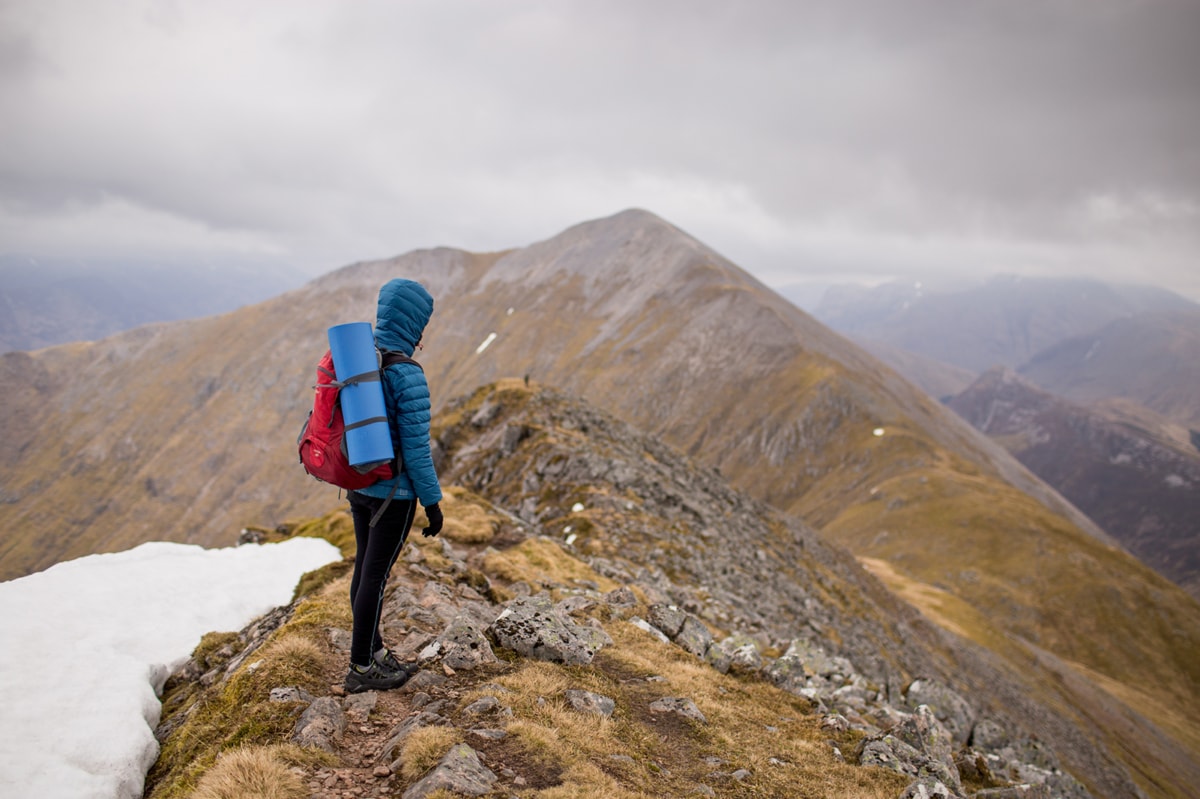

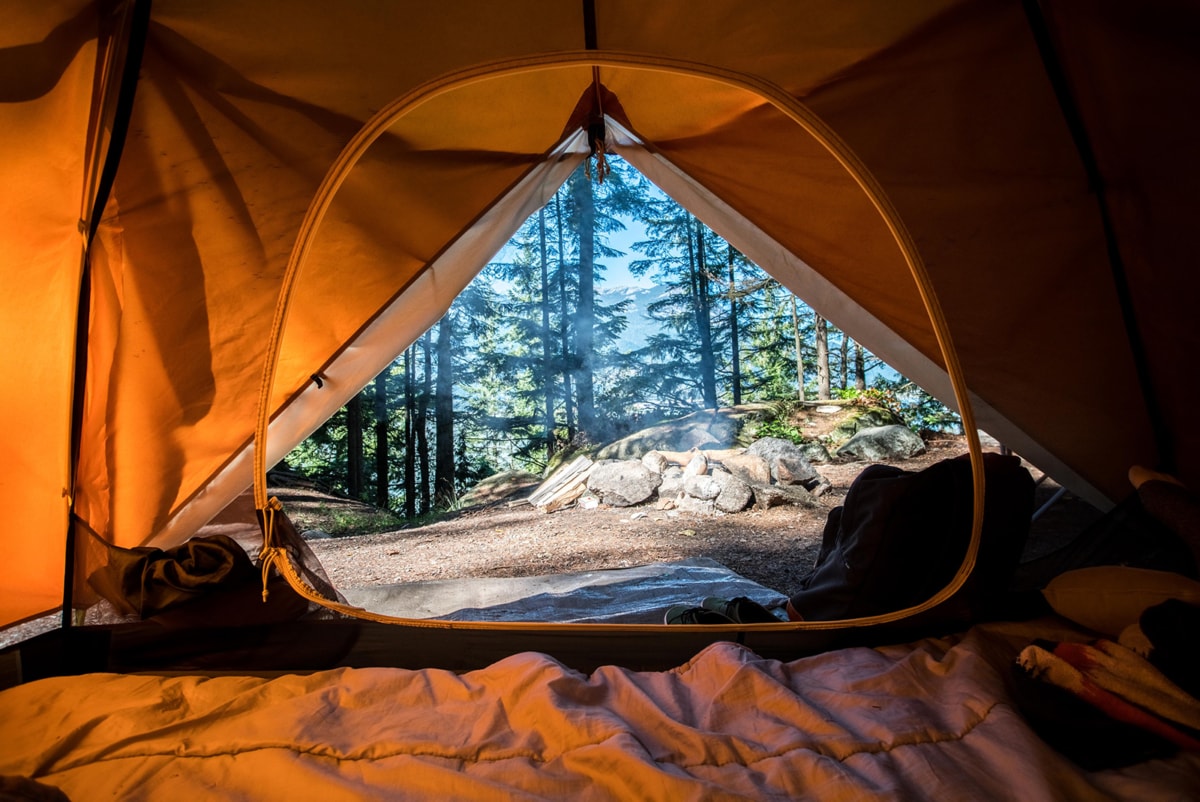
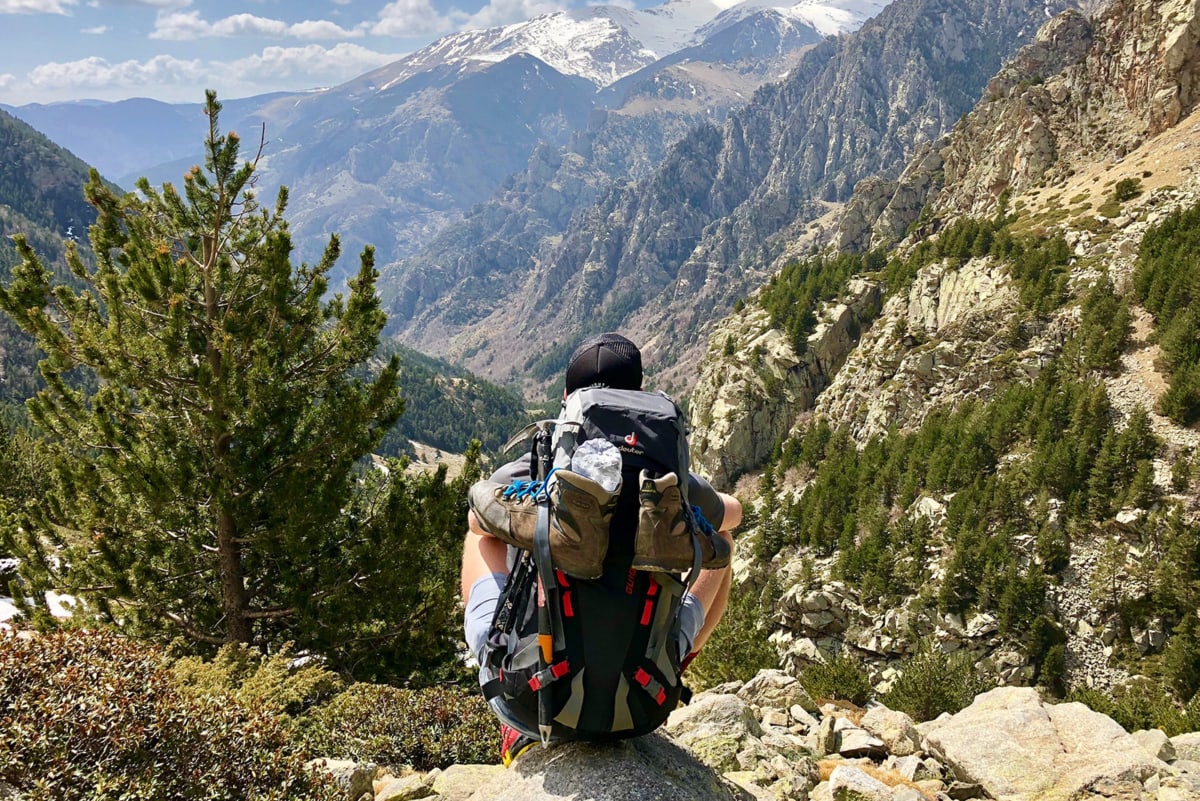
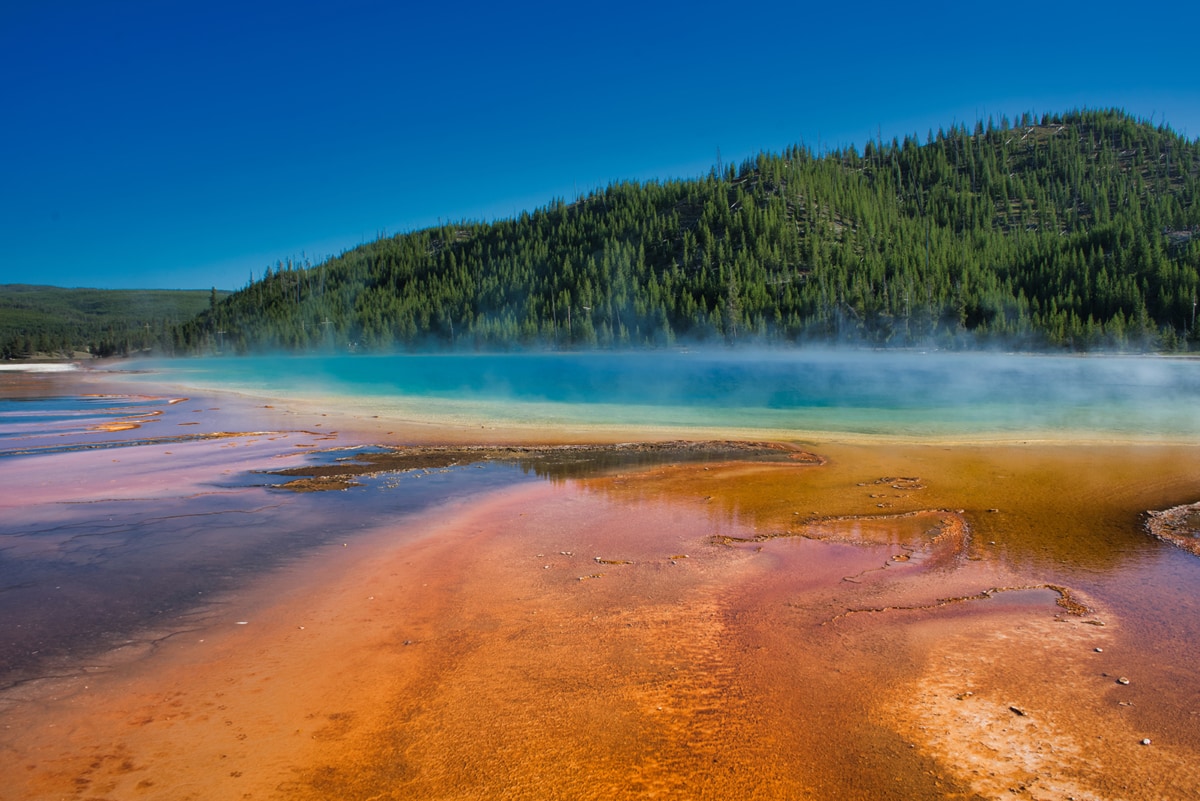
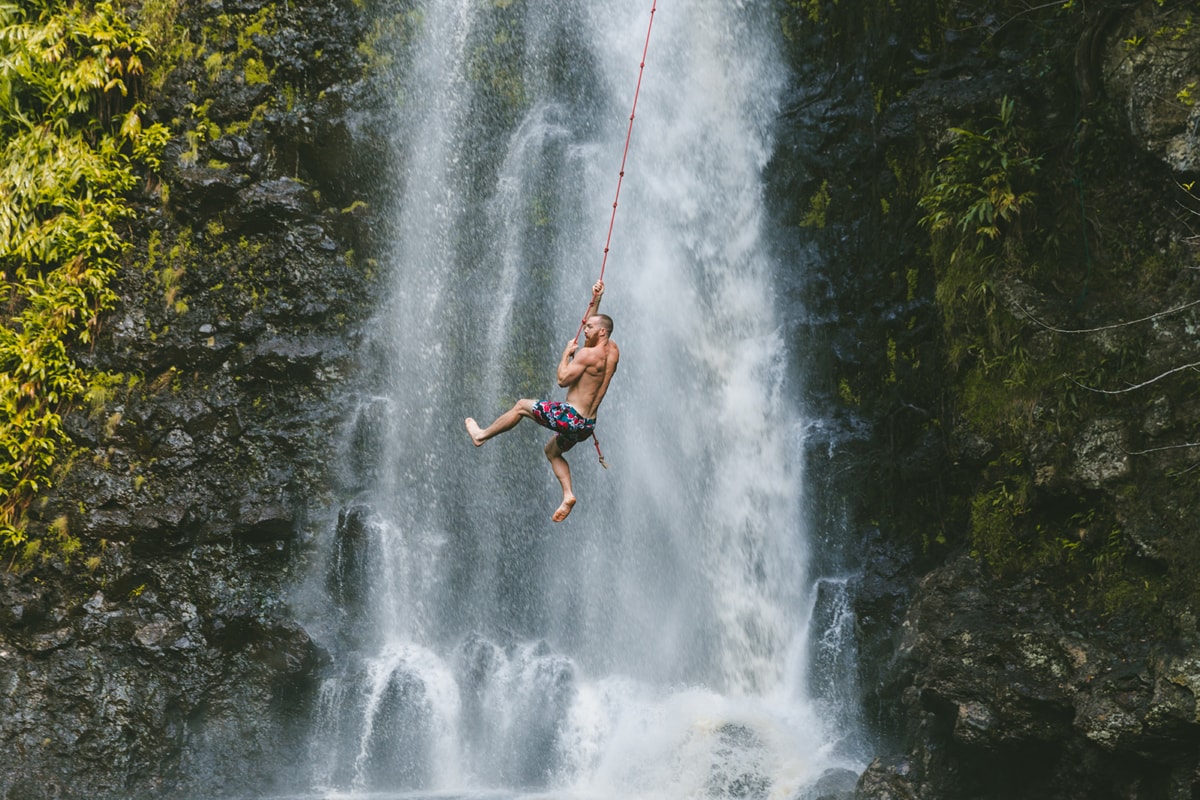
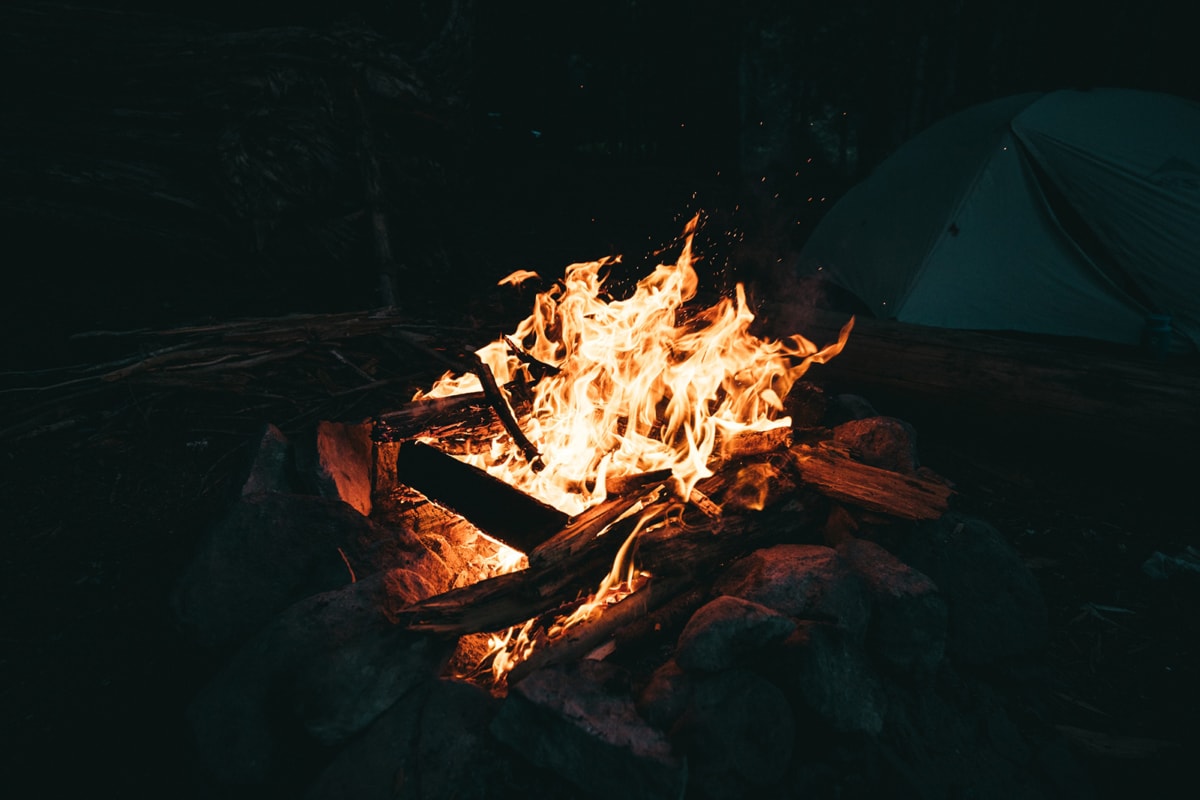
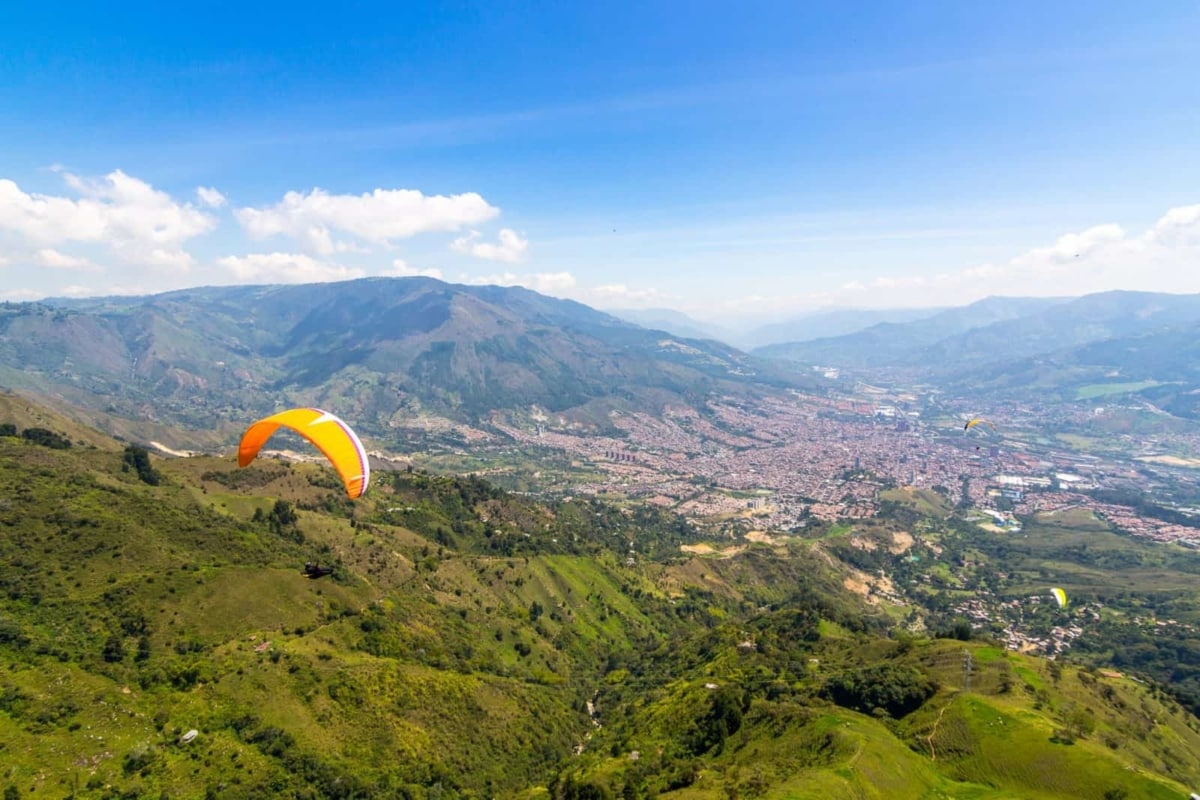
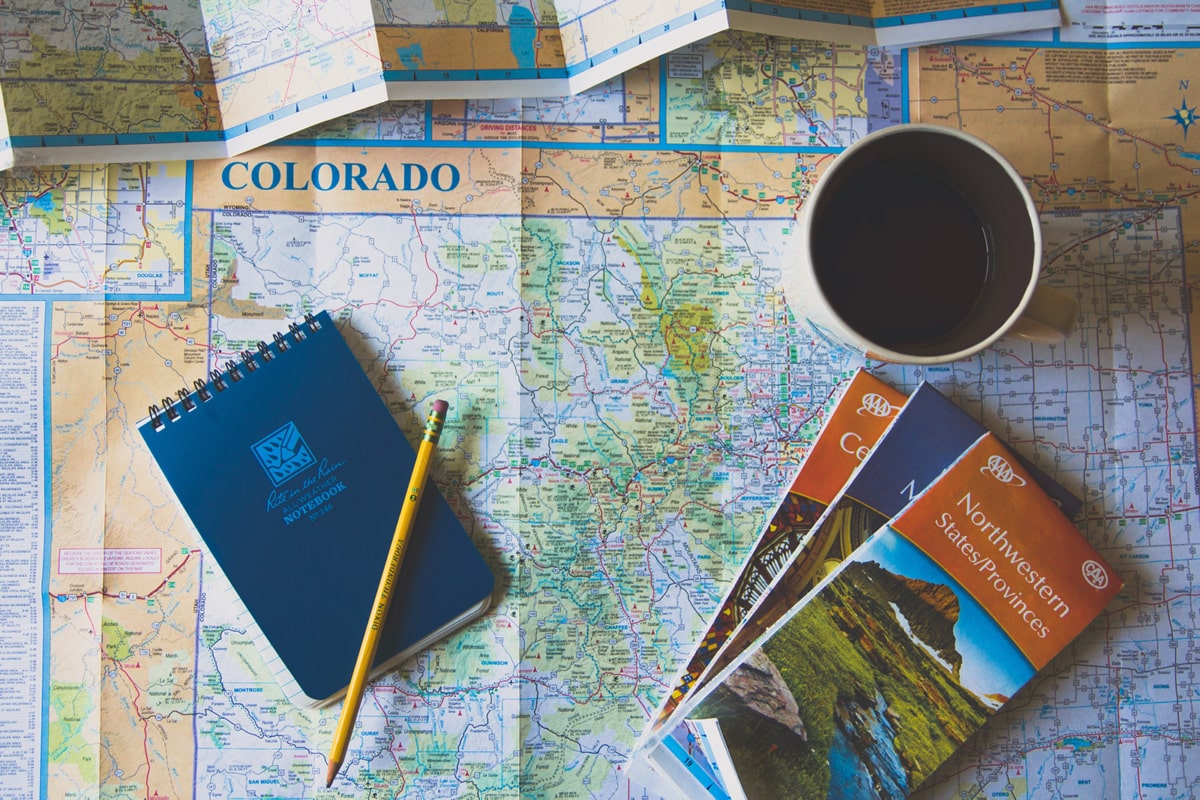
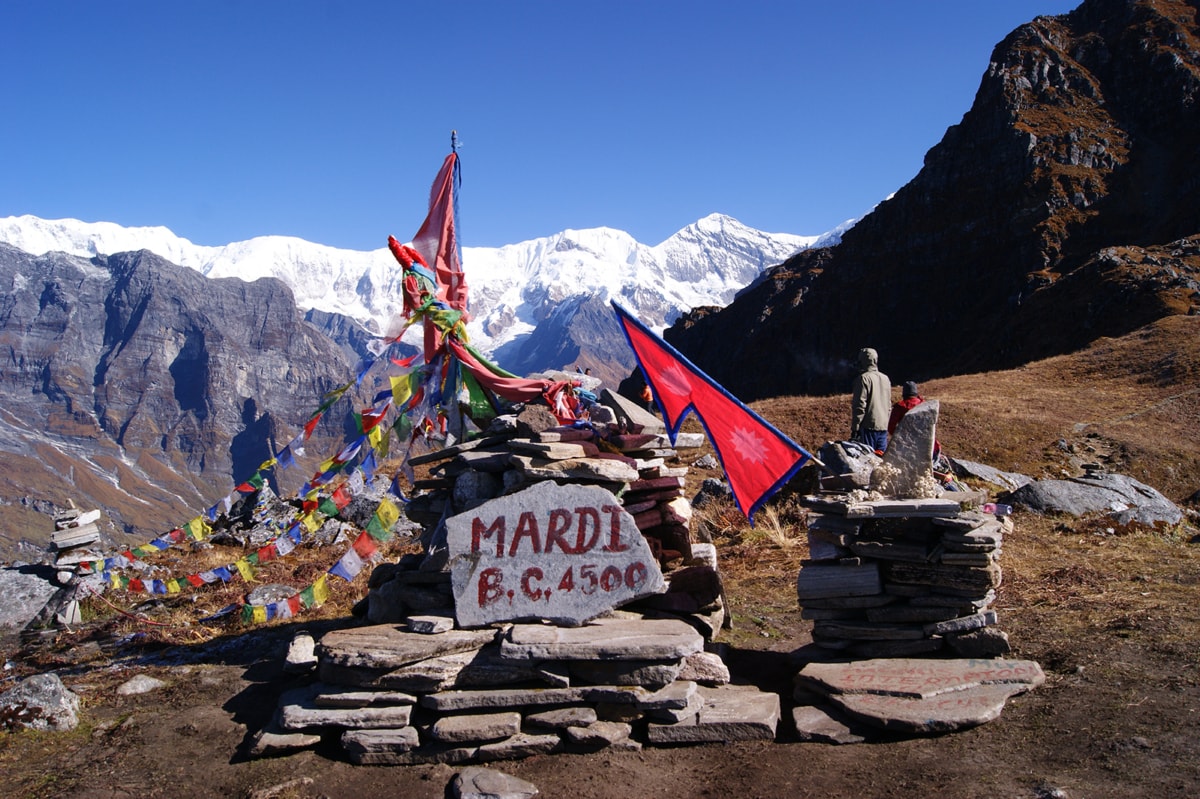
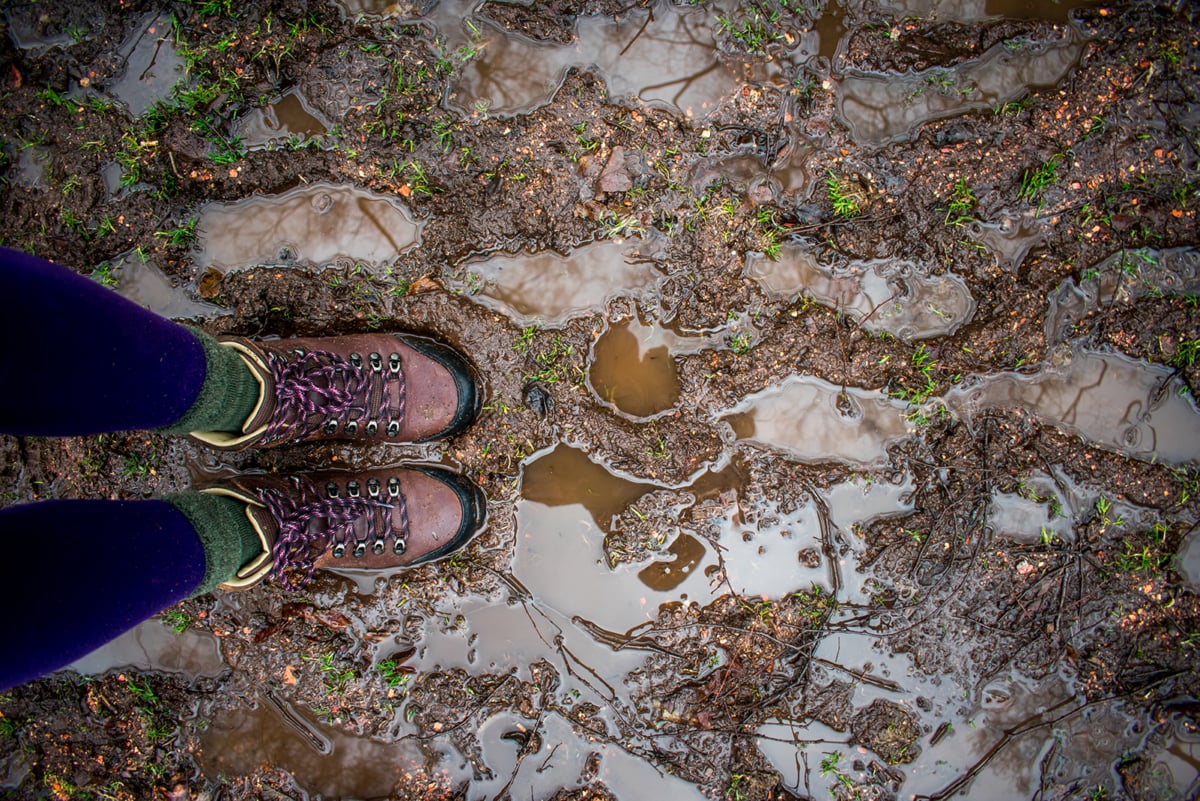
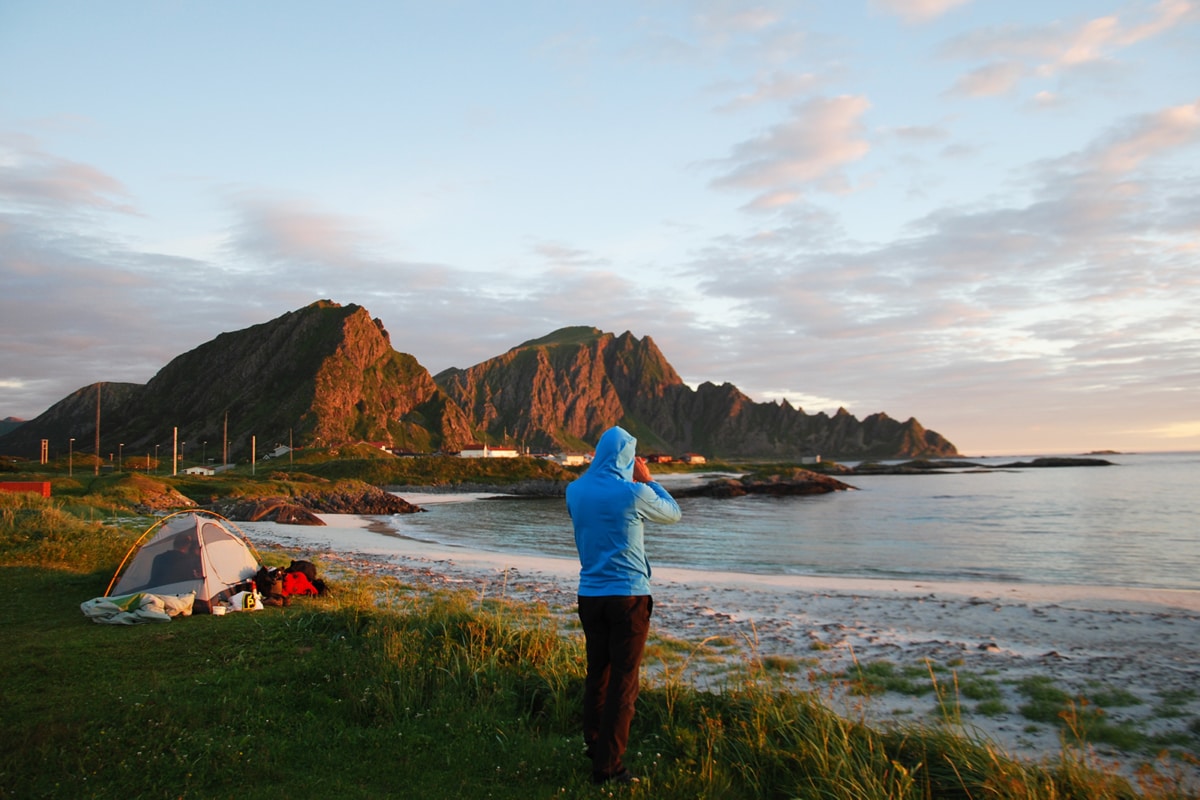
Great post! I remember telling a friend she couldn’t go to Peru alone because it was too dangerous, and then 3 three years later I was headed to Peru alone. Glad that myth was debunked!
Very good list, I find myself in some of theses points. Maybe defeating these myths will help me make the jump and go on an adventure travel soon.